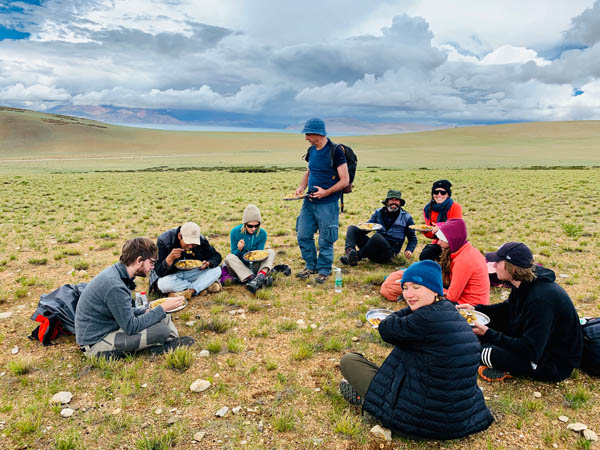+86-15889090408
[email protected]
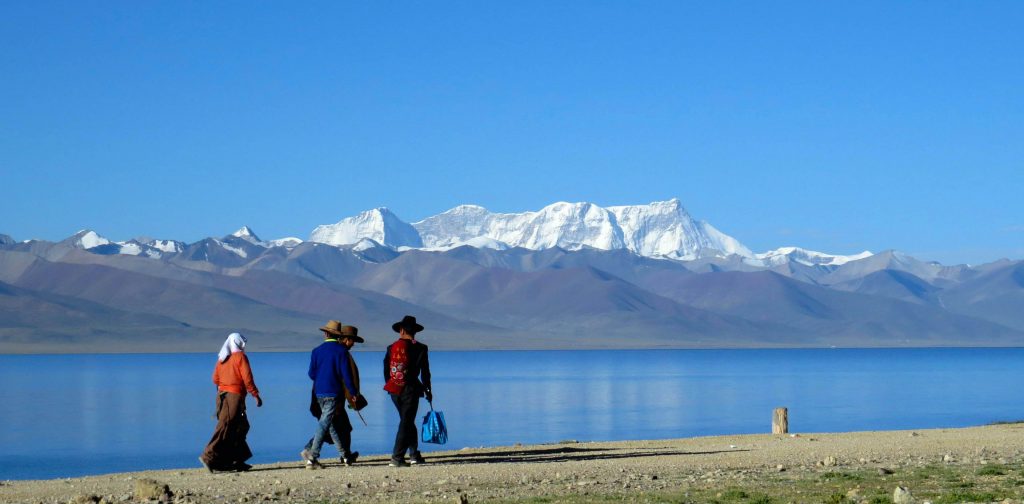
Preparation is the key to any holiday, and none more so that a tour of Tibet. Making sure that you have all the things you need, and are not carrying too much unnecessary equipment is important when touring at high altitudes. You may not be able to get some of the things you need in Tibet, especially if that includes medicines and electronics, and if you pack too much you will not feel comfortable carrying it all around.
Here is a basic example of what you should take to Tibet for your tour, although the list is not comprehensive, and you may need to add items according to your personal needs.
Your visa for China entry is a requirement, and you do not want to forget it, as you will not be able to get into China. Permits for Tibet that are required will normally be delivered to your hotel in China or Nepal and can be added to your packing list once you receive them.
You should keep all your personal and important documents with you at all times, for safety, as well as all money and credit cards. A belt wallet or bum bag is ideal for this and can be covered by clothes to keep it out of sight.

Even in the summer months, Tibet can be quite cold, and you should make sure you pack enough clothing for the entire trip. Layers of thinner clothing are much better at keeping you arm than one or two thick layers, and are easier to put on and take off as the need arises. While it is not as cold in the winter as some people think, it can get very cold at night. Moreover, even in the winter, the brighter sun through the thinner atmosphere can make the weather seem warmer than expected, and you may need to remove a layer or two in the warmer places of Tibet.
Try not to use heavy denim pants on the plateau, as they are hard to move in easily, and can get weighted down if they get wet. Light cargo pants and long underwear is the better option that thick pants, as they allow you room to move, and allow your body to breathe more easily. Also bring a light jacket for warmer days, and a good fleece coat for colder days, as well as a lightweight waterproof jacket in case it rains.
Running shoes or trainers are not ideal for the Tibetan plateau, though they are useful for traveling in the car. The best option is a good solid pair of boots or shoes, such as hiking boots and shoes, as they are better suited to the rugged ground and rough terrain. Even in some of the monastery courtyards, the ground can be very uneven and unpaved. A useful addition is a pair of slippers or sandals for use in the hotels that do not have complimentary slippers.
Include several pairs of thick wool socks for keeping the feet warm and cushioning against the boots. Wool is the best thing to keep your feet warm and healthy in Tibet, as nylon and other man-made fabrics can leave your feet sweaty and irritated.
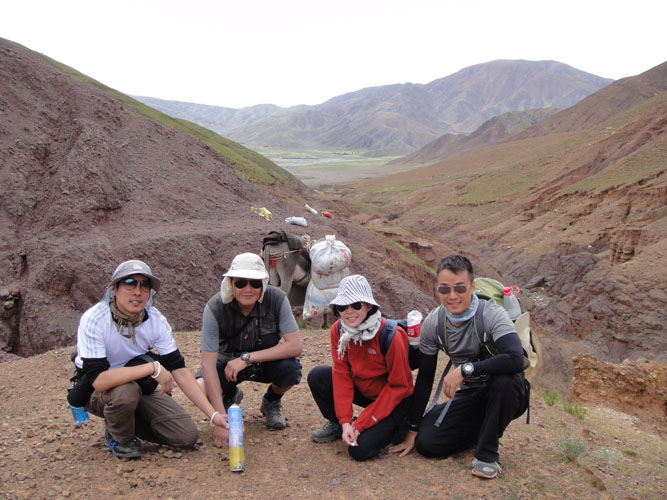
Do not bring a suitcase! Unlike your average holiday to the beach, you will need to move your luggage around with you as you travel from town to town and hotel to hotel in Tibet. Carrying suitcases from hotel to car and car to guesthouse or lodge is bulky and hard to carry easily.
A large backpack for your main luggage and a smaller backpack for daily needs while you are exploring the monasteries and other sites is perfect for a tour of Tibet. Ideally, waterproof backpacks are better, especially in the monsoon season.
If you are camping or trekking, then you definitely need a good hiking backpack, and should bring another bag to leave the non-essentials with the driver or in the hotel. You will also need a sleeping bag with an arctic rating for the cold nights, and a ground-mat is useful to keep your sleeping bag off the cold ground.
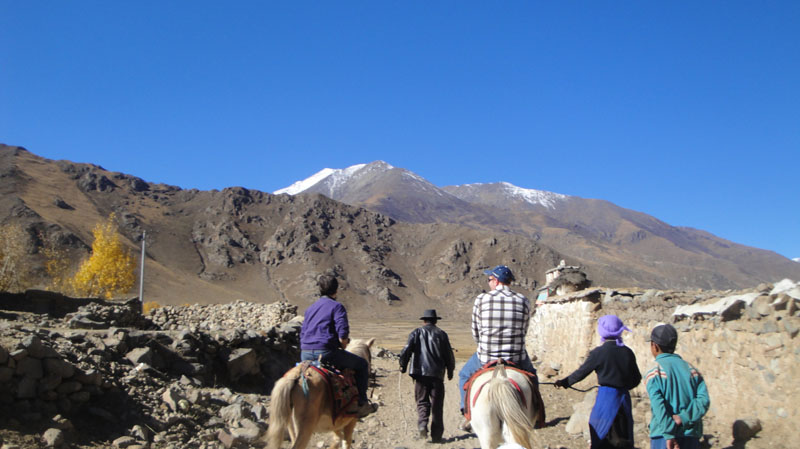
Western food is more popular in Tibet now than ever before, but it is normally only found in the Tibetan capital of Lhasa. Most of the food in Tibet is either Tibetan or Chinese, and if those are not to your taste all the time, then you might want to bring some packet foods of your own.
High energy foods such as nuts, chocolate, biscuits, wafers and caramel bars, and nutria-bars are ideal for replacing lost energy in the high altitudes of the plateau, and should be carried with you for when you need it.
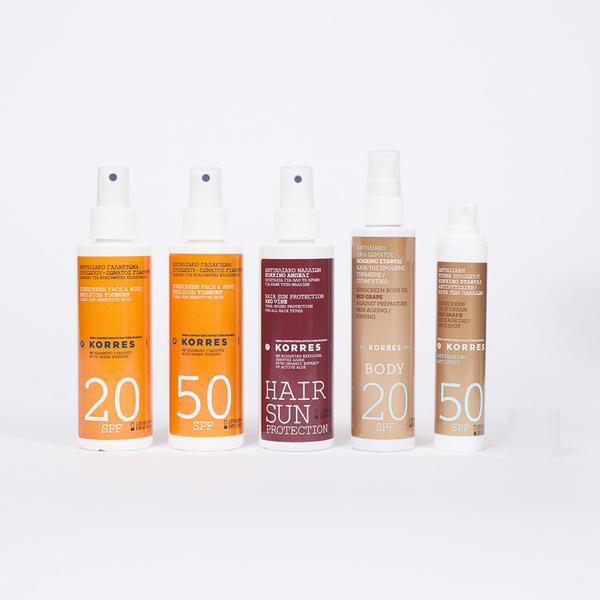
The sun on the plateau is very strong, mainly due to the thinner atmosphere, and the wind can be cold and strong. Skin protection from UV rays and strong winds is necessary on the plateau, to keep your skin moisturized and protected from the sun. Bring sun block with a maximum factor of SPF 50, and moisturizers for the face and hands. You may also need lip balms, as the strong winds can chap lips quickly.
Snow glasses or sunglasses are useful to protect from snow blindness, which can actually happen without having any snow around from the reflective light ground and water of the lakes. A hat can also help protect your head from the harsh UVA rays of the sun, as well as help keep it warm.
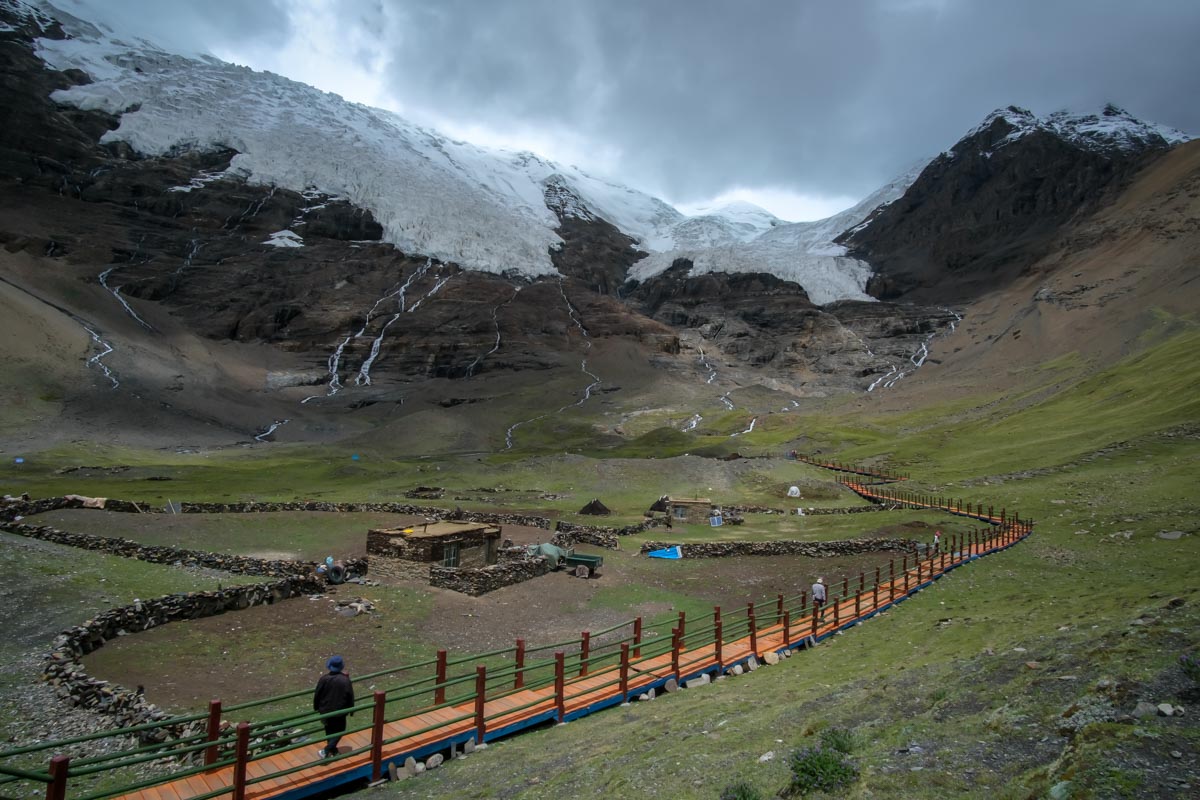
Yes, Tibet does have toilets, although most are likely to be the squat toilets in the areas outside Lhasa, instead of western toilets. You will also find that many places do not have toilet paper, so bring some with you and carry some in your day bag.
Most places do not provide toiletries like shampoo and toothpaste in the hotels, so you will need your full wash kit, including soap, shampoo, toothbrush, toothpaste, and towel. Wet-wipes or disinfectant wipes can be useful for wiping off the surfaces of the toilet before you use it, and can be helpful for your hands afterwards, as some facilities do not have running water.
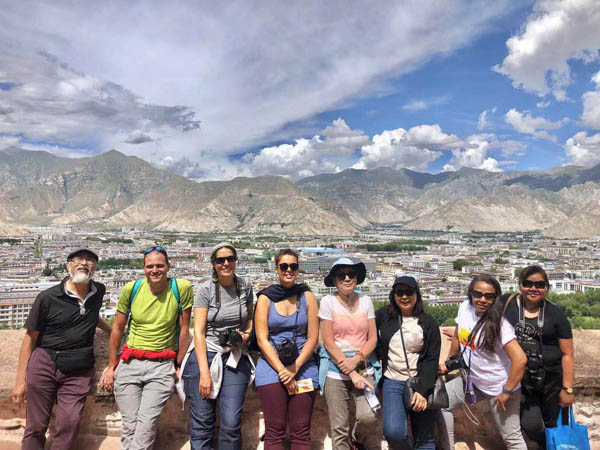
Before you travel, make sure you discuss your medical needs with your doctor, and bring enough of your prescribed medications to last for at least a week longer than your trip, to cover emergencies. If you are taking regular medication, make sure you know what other medicines you can take, and make a list to keep in your wallet in case of emergency medical aid.
Do not take Diamox and other anti-altitude sickness medication unless approved by your doctor. Include a small first aid kit in your packing, as well as headache medication to help with altitude sickness symptoms.
Do not forget to bring extra batteries for cameras or gadgets, and keep them well wrapped in your day pack to keep them warm. A god flashlight can help in places where there is little or no electricity, as well as during power failures, which can happen often in the remote regions.
Try not to bring too many items that are not essential to your travel, such as laptops and bulky camera equipment unless you need it. Carrying such heavy equipment around with you when touring the sites can be heavy and uncomfortable, as well as inconvenient in places where they do not allow photos to be taken.
